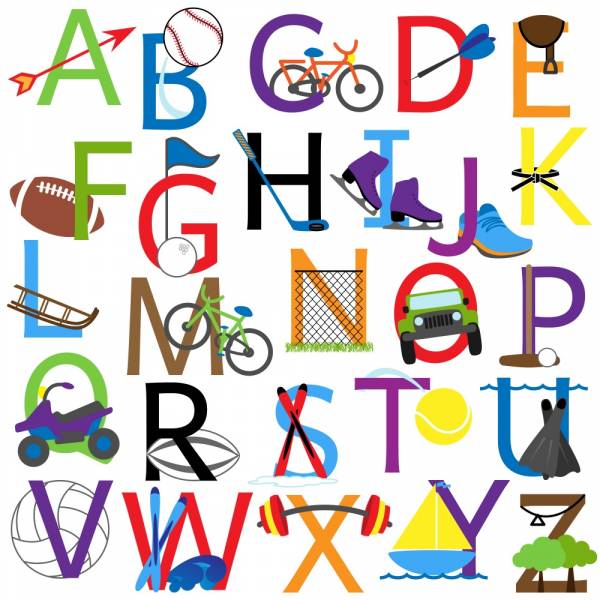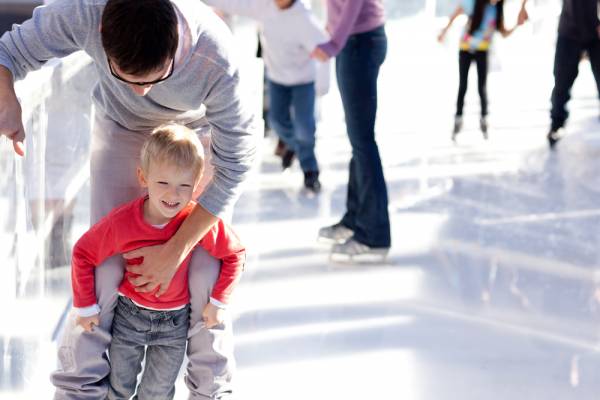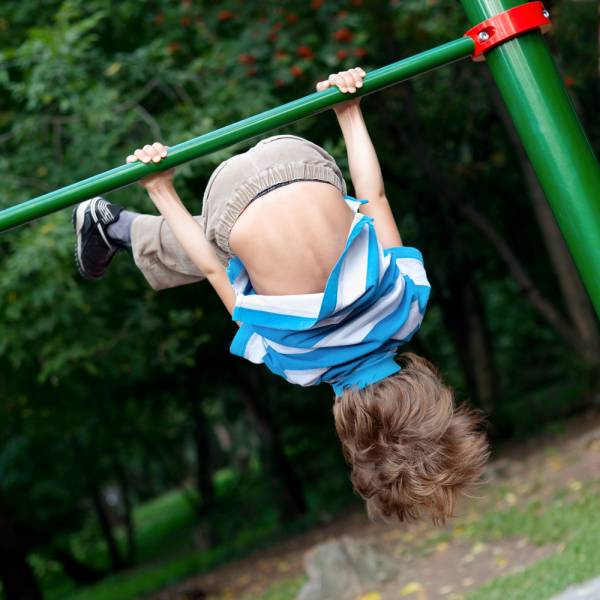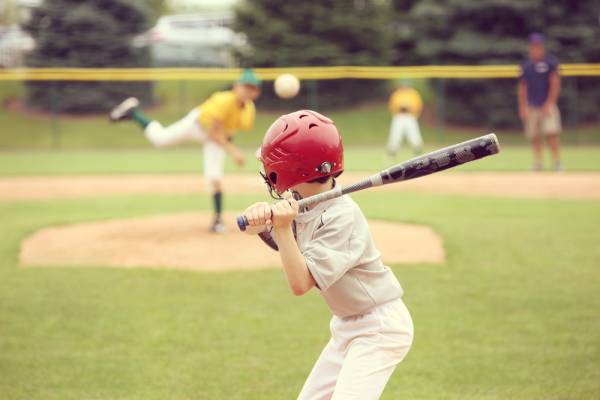Many people look to weightlifting as their last chance for sporting salvation. They assume there will be few athletic skills needed, but that they can still get strong. Parents may remember “that big Russian” from decades ago and conclude that his sport would be ideal for their overweight child.
As has been observed by many, we in weightlifting seem to find more such recruits than ever before. The truth is, the ones that find us are the lucky ones. They at least obtain an introduction to physical activity. They will be fine if they stick to the activity.
Conversely, it is the people who are too discouraged to even try any sport or activity who really lose out. Where does this problem stem from? How can we change this trend? The answer brings us to the concept of physical literacy.
The Definition of Physical Literacy
Physical literacy? What is that? Is it knowing how to read books about sports? Well, no, not quite, although that might be a good start for some.
We are all familiar with the concept of literacy, the ability to read and write. In this day and age, that means not only the basic ability to do so, but also the ability to do so at a high enough level that you can survive and prosper in today’s ever more complex economy. A level of literacy that was good enough for our grandparents may not be good enough today (modern texting notwithstanding). Nowadays, numeracy is expected, as well. I remember one kid asking his mother how many pennies there were in a million dollars. His innumerate mother had no idea. (It’s 100 million in case you had no idea, either.)

Getting to the point, you may imagine physical literacy as the ability to perform elementary movement skills that are fundamental to normal human activity, as well as serving as a base for common sport skills. With these abilities, kids should be able to evaluate their environment and make appropriate decisions that allow confident movement and bodily control in a wide range of human motor situations.
“Just as learning your ABCs is necessary for normal literacy, the learning of fundamental movement sport skills is needed for kids to feel good about and enjoy physical activity.”
For kids to become physically active, they need to feel confident in a number of activity settings. Such confidence results from having learned a host of fundamental movement skills and later some fundamental sport skills. Just as learning your ABCs is necessary for normal literacy, the learning of fundamental movement sport skills is needed for kids to feel good about and enjoy physical activity. (Not to mention, it is much easier to learn these things as a child, as opposed to when you’re a thirty-year-old trying to get physically active for the first time.)
According to the Canadian Sport for Life booklet on physical literacy, children should learn fundamental movement skills and sport skills in each of four basic environments:
- On the ground – for many games and sports
- In the water – for swimming
- On snow and ice – all winter skating and sliding activities (we Canadian hockey fans consider this skill even more basic than walking)
- In the air – for gymnastics, diving and other aerial activities

The Development of Physical Literacy
There is a myth that physical literacy happens naturally with kids. Not true. Many kids do indeed develop good physical skills on their own initiative, but others do not. Environment plays a big part. Those that grow up in an active family are more likely to learn by watching older family members.
But the less-skilled kids are often left on the sidelines of life, likely following in the footsteps of their inactive parents. This can lead to a domino effect characterized by poor performance, decreased subsequent effort, and eventual withdrawal from all physical activity. We are not surprised to learn that kids who never learn to read or write become adults who can’t read or write. We should also not be surprised that children who never develop movement skills become inactive, uncoordinated adults.
“The failure of children to develop their movement skills has reduced their interest and ability to participate in physical activity, and has now limited their essential mobility skills in adulthood.”
It is no secret that children’s movement skills and physical literacy have been in steady decline in recent years. As a Boomer, my neighborhood parks were always filled with kids playing baseball, football, soccer, or whatever. Today, those parks sit empty unless adults are organizing some activity. The failure of children to develop their movement skills has reduced their interest and ability to participate in physical activity, and has now limited their essential mobility skills in adulthood.
And lest anyone thinks that I am only worried about producing future weightlifters, movement skills aren’t just for playing sports. Movement skills are essential to basic health and survival. Just look at how awkward some people are in doing a simple deadlift. Compare those people to the ones who have played, danced, or run all their lives.

A Hierarchy of Movement Skills
Where do we start improving the situation? Well, just as in reading, we start at the beginning. Probably the most basic skills to learn are those called traveling skills, these involve ability to move from one place to another. Consider this to be point “A.” These skills include the simple ones of running, climbing, copying, jumping, scaling, skating, skipping, sliding, swimming, and even wheeling for the physically challenged. These are all fundamental to living in our world, athlete or not.
Next up in complexity are the object control skills. These are a little more related to sport skills. They include kicking a soccer ball, punting a football, rolling a bowling ball, striking a ball or a puck with a bat or hockey stick, and throwing any object. These skills can also include catching a ball, dribbling one as in soccer or basketball, and striking the ball as in volleyball.
“Probably the most basic skills to learn are those called traveling skills, these involve ability to move from one place to another.”
Moving right along, we have balancing movements. These kick up the skill level a bit more. These include all activities that involve rebalancing or centering your body weight, dodging a ball or opponents, landing on the ground properly, spinning, stretching, swinging, twisting, etc. where reaction times are important.
Once the child masters these levels, he or she can move on to more specific sporting movements if desired. The corresponding pedagogic skills are something that all parents should have available while raising their children. A good example concerns weightlifting legend Bill Starr, who popularized the now standard 5 x 5 big three (bench, squat, power clean) weight training programs for footballers.

Bill dedicated his book The Strongest Shall Survive to his brother Donald, whom he credited as his first coach. Being a few years older than Bill and raised in a sport-conscious family, Donald was apparently proficient at many standard sporting movements. He taught these to his younger brother when he came of age so that he would be far better prepared for the sports he would soon be playing. Things like how to throw a football, catch one, pitch a baseball, hit a home run, and so on. This all gave Bill a good head start over his peers, and his record speaks for itself.
Conclusion
We need a Donald Starr in every household, athletically oriented or not. No more tentative and awkward movements, just adequate preparation for a lifetime of physical activity. We don’t wear out. We rust out. And this will hold true even if you’ve never set foot on the playing field.
Check out these related articles:
-
Physical Play During Early Childhood: Why It’s Disappearing and What To Do
-
My Favorite Exercise to Get Kids Started in Lifting
-
What’s New on Breaking Muscle Today
References:
1. Canadian Sport for Life. An Introduction to Physical Literacy, a pamphlet excerpted from Canadian Sport Centres. Accessed March 5th, 2015.
2. Starr, B., The Strongest Shall Survive: Strength Training for Football. 1976, Fitness Products Limited (page v.)
Photo 1 “DSC04293” by Yasunobu HIRAOKA. Attribution-NoDerivs 2.0 Generic License.
Photos 2, 3, 4, & 5 courtesy of Shutterstock.






